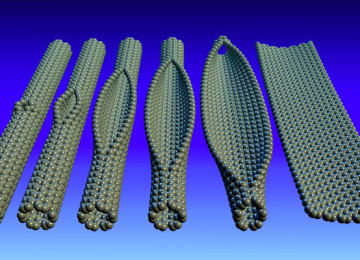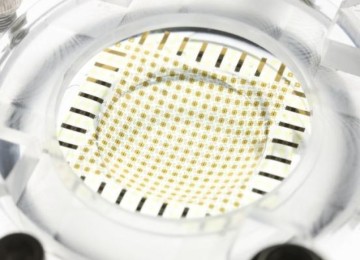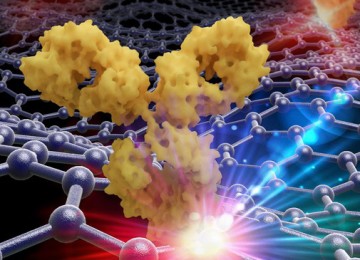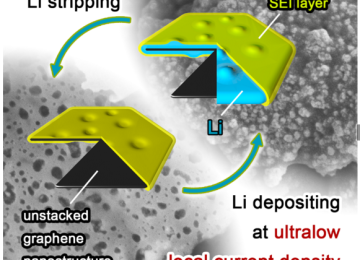Research to convert defective Nanotubes to Light Emitters

Device to light emitted by defective Nanotubes
Scientist and researchers from University of the Basque Country (UPV/EHU) researchers have developed and patented a new source of light emitter based on boron nitride defective nanotubes and suitable for developing high-efficiency optoelectronic devices.
Scientists are usually after defect-free nanostructures, Yet in this case, the UPV/EHU researcher Angel Rubio and his collaborators have put the structural defects in boron nitride nanotubes to max use. The outcome of his research is a new light-emitting source that can easily be used in current microelectronics technology and this research has also resulted in the new patent.
Boron nitride is a promising material in the field of nanotechnology, thanks to its excellent insulating properties, resistance and two-dimensional structure similar to graphene. And specifically, the properties of hexagonal boron nitride, the focus of this research, are far superior to those of other metals and semiconductors currently being used as light emitters, for example, in applications linked to optical storage (CD/DVD) or communications by fiber optic “It is extremely efficient in ultraviolet light emission, one of the best currently available on the market,” remarked the UPV/EHU researcher Angel Rubio.
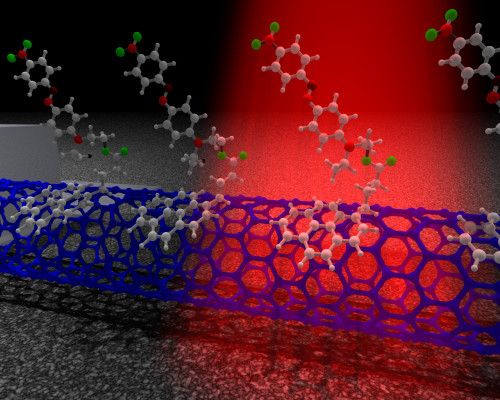
Nanotube construction and modifying to make new tech
Graphene and boron nitride technology:
Angel Rubio is in no doubt about the potential of the new materials based on two-dimensional systems, and specifically, of compounds that offer an alternative to graphene, like, for example, hexagonal boron nitride. Without prejudice to graphene, Rubio believes that the alternative field could have greater potential in the long term and needs to be explored and have a lot opportunity: “It’s a field that has been active for over the last twenty years, even though it has been less visible. We have been working with hexagonal boron nitride since 1994, it’s like our child, and I believe that it has opened up an attractive field of research, which more and more groups are joining.”
They have shown that by applying an electric field perpendicular to the nanotube, it is possible to get the latter to emit light across the whole spectrum from the infrared to the far ultraviolet and to control it in a simple way. This ease of control is only to be found in nanotubes due to their cylindrical geometry (these are tubular structures with lengths in the order of micrometers, and diameters in the order of nanometres).
Professor Angel Rubio has been working with boron nitride nanotubes for nearly 20 years. “We proposed them theoretically, and then they were found experimentally. So far, all our theoretical predictions have been confirmed, and that is very gratifying,” he explained. Once the properties of layered hexagonal boron nitride and its extremely high efficiency in light emission were known, this research sought to show that these properties are not lost in nanotubes. “We knew that when a sheet was rolled up and a tube was formed, a strong coupling was produced with the electric field and that would enable us to change the light emission. We wanted to show,” and they did, in fact, show, “that light emission efficiency was not being lost due to the fact that the nanotube was formed, and that it is also controllable.”













